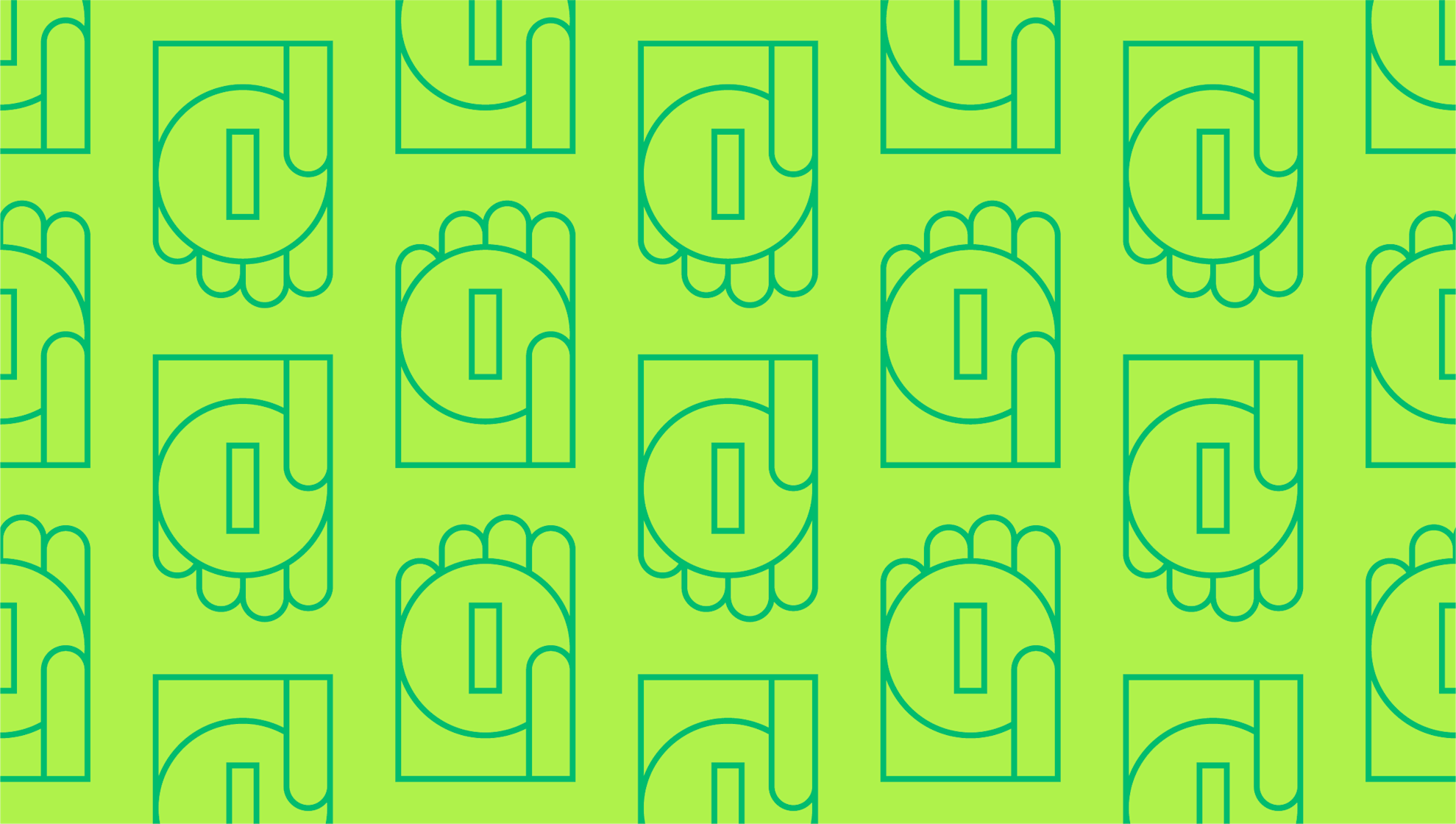Last editedFeb 20222 min read
From in-app purchases to streaming digital content, there are numerous low-value transactions that may be processed via a micropayment system. How does this type of payment system work, and is it viable for your business? Here’s a closer look at your options when it comes to taking small payments.
What is a micropayment?
Also called microtransactions, micropayments refer to any small payment. There’s no specific threshold, as each payment processor or business will have their own definition of what a micropayment looks like. Generally, it will be under £10 and could even be less than £0.01.
Most micropayment transactions take place online. They might be used to pay for cryptocurrency, streaming content, apps, in-app purchases, or even to verify a credit card before a larger payment is taken. Micropayments are also used to tip delivery drivers or cover the cost of freelance work. Online advertising revenue is typically paid through a micropayment service, such as Google Ads or YouTube. Content creators earn revenue for each click, but don’t access the payment from their micropayment service until it reaches a specific threshold for withdrawal. Instead, the micropayments are securely held inside a user account or digital wallet.
How do third-party micropayment platforms work?
We’ve mentioned above how services like Google Ads function as a micropayment system for content creators. Whether it’s Google, YouTube, Amazon, or another platform, the service acts as a third-party middleman between consumers and service providers. To get started, the merchant or service provider opens an account with the micropayment providers of their choice. All payments made through the micropayment platform are collected and stored in an online account or digital wallet. When the account hits a predetermined threshold, such as £100, funds are released to the service provider.
Some other types of third-party micropayment providers don’t have any such threshold and work on a pay-as-you-go principle instead, which we’ll describe below.
What are the types of micropayment systems?
There are two main types of direct micropayment systems, including a prepaid and pay-as-you-go option. Both work in a similar way, differing primarily in the timing that payments are taken.
1. Prepaid micropayment systems
The first option is a prepaid micropayment system. With this type of set-up, users create an account with the processor and can top up their funds whenever they like. PayPal is a prime example of this type of system, used by both merchants and consumers who complete a transaction through the same account. The customer tops up their PayPal account, which they can use to make a purchase from an ecommerce business. The funds are debited from the user’s personal PayPal account and credited into the merchant’s business PayPal account.
2. Pay-as-you-go micropayment systems
The second type of micropayment system follows a pay-as-you-go model. Platforms like the App Store and Google Play use this model, allowing users to pay for their digital purchases immediately. The user’s card details are tied to the micropayment processor via a digital wallet. This allows immediate payment without redirection. Streaming platforms also use a pay-as-you-go micropayment model. Subscribers make a micropayment to access a specific service, such as a movie on demand from Amazon.
Is the micropayment business model viable?
Should your business consider accepting micropayments? It depends on the value and nature of your services. It is important to compare transaction fees and micropayment definitions between processors. For example, PayPal allows merchants to apply for the micropayments rate of 5% + 5p per transaction. This would apply to all transactions under £5. By comparison, PayPal’s usual merchant rate is 2.90% + 30p per transaction. If your company processes a high volume of digital transactions under £5, this could be beneficial.
One of the key benefits of a micropayment service is that it offers immediate funds settlement for both business and user. The business gets paid, while the user gains access to their service or download. Compared to options like bank transfers, this can be a speedier form of payment.
We can help
GoCardless helps you automate payment collection, cutting down on the amount of admin your team needs to deal with when chasing invoices. Find out how GoCardless can help you with ad hoc payments or recurring payments.


